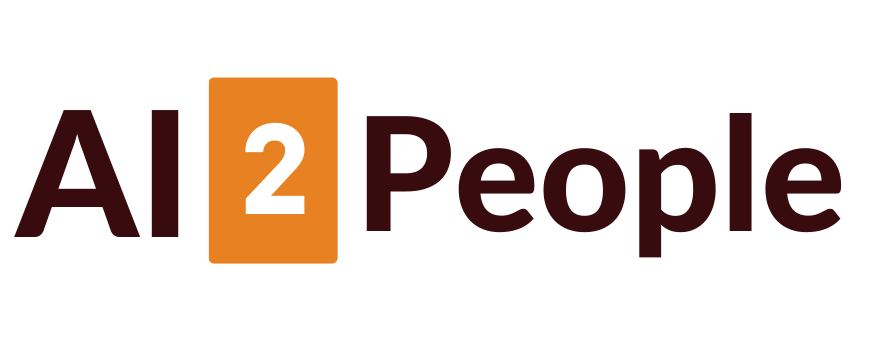Google’s latest AI upgrade, Veo 3.1, is blurring the line between creative tool and movie studio.
The update lets users adjust lighting and shadows, stitch scenes together, and — for the first time — add AI-generated sound to their videos.
It’s all part of Flow, Google’s AI filmmaking platform that now feels like Photoshop, Premiere, and a soundboard rolled into one.
This version introduces wild new tricks. With “Frames to Video,” creators can morph one image into another, with natural-looking transitions and accompanying audio.
“Scene Extension” lets you stretch a final frame into another minute of motion — no camera required.
You can even erase objects entirely, and Flow fills in the background as if nothing was ever there.
These cinematic upgrades arrive just as OpenAI’s Sora 2 extends its video limits and adds finer motion fidelity, sparking yet another rivalry between Silicon Valley’s creative labs.
It’s not hard to see what’s happening — Google and OpenAI are racing to turn imagination itself into a service.
The realism of these tools is raising eyebrows, too. Just days ago, analysts warned that fake clips created with Sora were already circulating on social media, and watermark removal tools are spreading faster than the videos themselves.
The question isn’t whether we’ll believe what we see — it’s whether we’ll ever be able to prove it.
Still, Google’s edge might lie in its ecosystem. Integrating Veo with its Gemini AI suite could make it the go-to platform for creators, much like how YouTube reshaped online storytelling two decades ago.
Meanwhile, public figures like Mark Cuban are openly embracing generative video, granting permission to remix their likenesses — a move that both excites and unsettles the industry.
It’s easy to dismiss all this as hype, but there’s something electric about watching creativity get rewritten at this scale.
We’ve gone from editing footage to summoning it. If Veo 3.1 is any sign, the next great filmmaker might not hold a camera at all — just a prompt.



